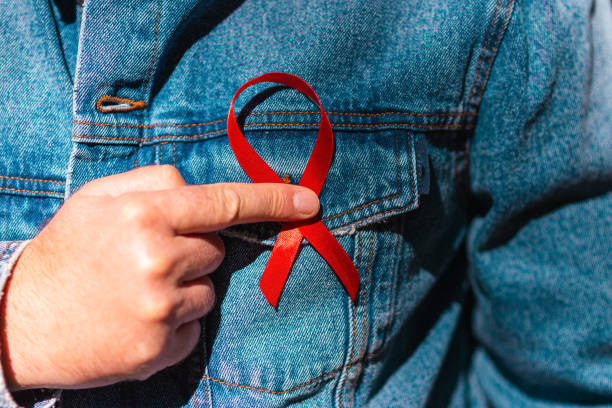HIV and AIDS – Understanding the Causes and Symptoms
Acquired Immunodeficiency Syndrome (AIDS) is a serious condition caused by the Human Immunodeficiency Virus (HIV). HIV weakens the immune system by attacking key defense cells, increasing vulnerability to infections and diseases. While there is no cure, understanding its causes and symptoms can help with prevention and early treatment.
Acquired Immunodeficiency Syndrome (AIDS) is a serious condition caused by the Human Immunodeficiency Virus (HIV). HIV weakens the immune system by attacking key defense cells, increasing vulnerability to infections and diseases. While there is no cure, understanding its causes and symptoms can help with prevention and early treatment.

How HIV Spreads
HIV is transmitted through direct contact with infected bodily fluids, including blood, semen, vaginal secretions, and breast milk. The primary methods of transmission include:
• Sexual Contact: HIV is commonly spread through oral, vaginal, or anal sex with an infected partner. Open sores in the mouth or genital area increase the risk of infection.
• Needle Sharing: Individuals who inject drugs and share needles are at high risk of contracting the virus through contaminated blood.
• Blood Transfusions: Although modern screening methods have minimized the risk, HIV transmission through infected blood transfusions is still possible.
• Mother-to-Child Transmission: HIV can be passed from mother to baby during pregnancy, childbirth, or breastfeeding.
From HIV to AIDS
HIV targets CD4 cells, a critical component of the immune system. As the virus multiplies, it depletes these cells, making it difficult for the body to fight infections. When CD4 levels drop below 200, a person is diagnosed with AIDS, the most advanced stage of HIV infection.
Recognizing the Symptoms of HIV and AIDS
HIV symptoms vary depending on the stage of infection:
1. Primary (Acute) HIV Infection: Within 4 to 6 weeks after exposure, individuals may develop flu-like symptoms such as fever, sore throat, headaches, muscle and joint pain, and swollen lymph nodes.
2. Chronic HIV Infection: This stage can last for years with few or no symptoms, apart from persistent swollen lymph nodes.
3. AIDS Symptoms: As HIV progresses, the immune system weakens, leading to severe symptoms, including:
• Recurring fevers
• Chronic diarrhea
• Significant weight loss
• Persistent fatigue
• Night sweats
• Skin rashes
• Oral infections and sores
Even without treatment, individuals may live with chronic HIV for years before developing AIDS. However, without medical intervention, the disease will eventually progress.